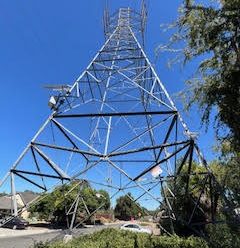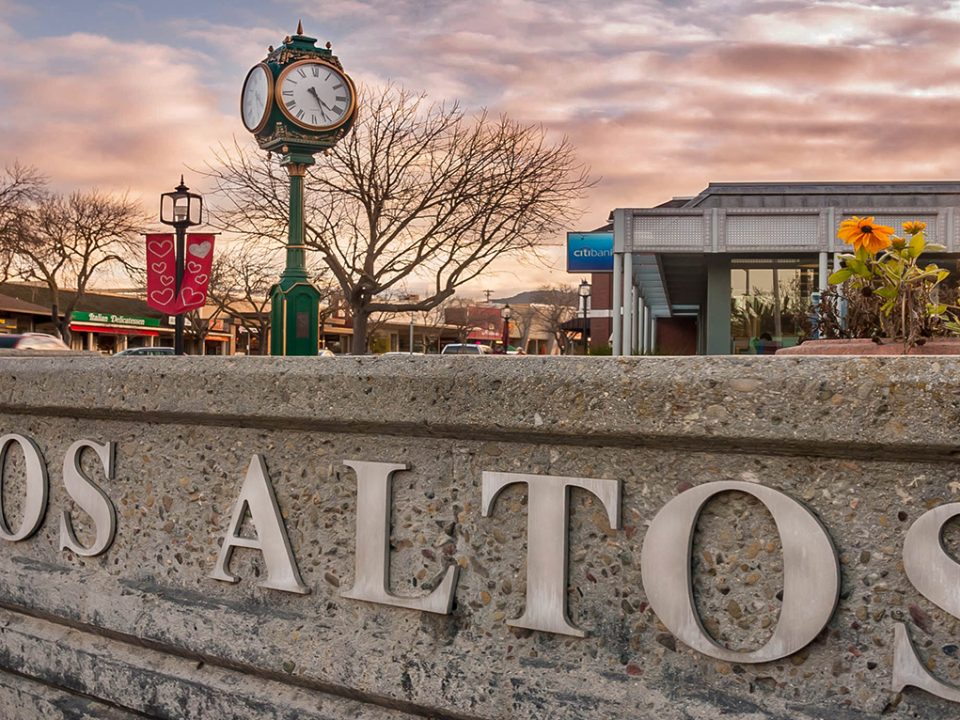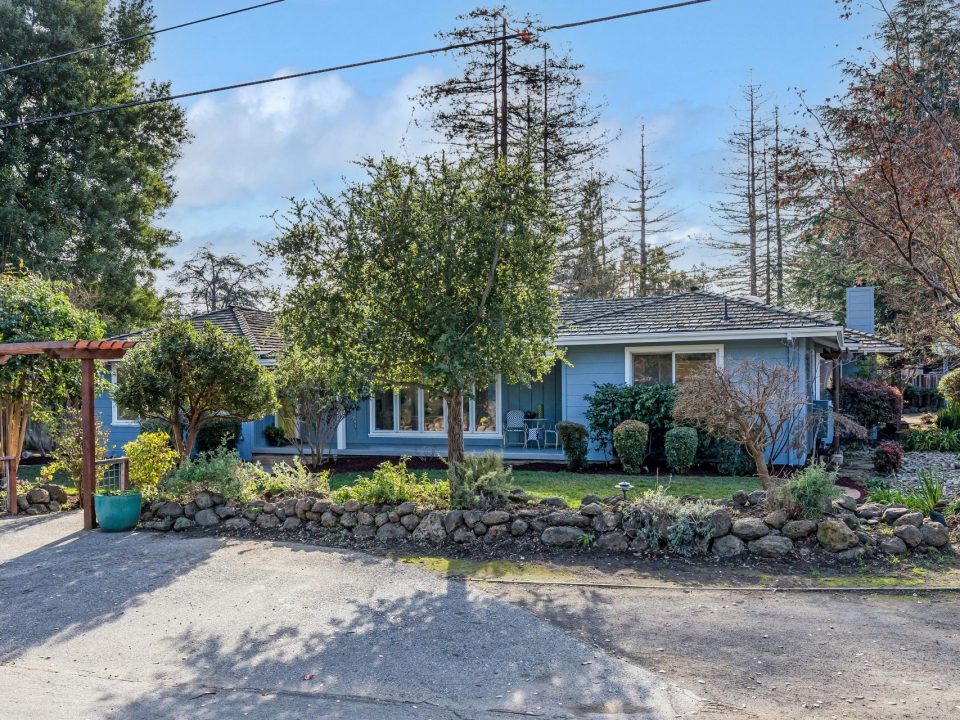The purpose of the single story overlay zone (or in builder speak, R1-S district) is to modify the height and number of stories permitted in any R1 zoning district to preserve and maintain single-family neighborhoods of predominantly single-story character. Note, the definition of 1-story does not include basements. Most of our local cities have some form of single story overlay zones. For specifics, I would go to the city’s zoning department.
Single story overlay zones came to the forefront with the boom in real estate prices in the late 1990’s. As the value of property rose, so did the size of the average house. In an effort to preserve as much yard space, homeowners built up instead of out. Neighborhoods that were once mainly modest single story ranch homes started to be dotted with two story McMansions. I write McMansions not because they were cheap and ugly (although some were), but rather they appeared huge in size and bulk relative to the neighborhood. Los Altos’ (or fill in blank for city in question) design and review process came under fire because the city was “allowing” people to build homes that didn’t fit into the character of the neighborhood. What is character anyway?
This is not necessarily a new phenomenon. I remember back in the early 1970’s when my parents added a second story to our south Los Altos home. The next door neighbor was pretty upset because they were afraid that my oldest brother would peer out the second story window at their delicate flower of a daughter who might be in the backyard. To calm their fears, my parents didn’t put any windows that looked out into the neighbor’s backyard. Anyway, it was just easier for my brother to look at the neighbor’s daughter through the fence (just kidding).
In one camp, property rights neighbors …”build what you want as long as the city signs off on it.” The belief is that one neighbor can’t dictate what another can do with his/her property. If you limit what can be done to a property, you limit the potential value of that property.
In the other camp, people who want a right to privacy (especially in their own backyard) and their desire to keep the neighborhood consistent in size and scope. The belief is that homes within a single story neighborhood have more value because there aren’t any large McMansions detracting from the character of the neighborhood. Each side has valid, and at times, vocal arguments. Since the city(ies) can’t legislate taste, the result was the creation of single story overlay zones which allowed neighbors, in effect, to define their own neighborhood.
In Los Altos, there are four steps in rezoning a neighborhood into a single story overlay zone:
- Clearly define the neighborhood in question. At least 50% of the property owners within the proposed neighborhood must sign a petition in order for the city to accept a single story overlay zone application.
- Once you have the minimum requirement for signatures, submit the application materials and $4,075. fee. Yes, there is a fee and it ain’t cheap. Food for thought…..Who is going to pay the fee? The application materials include things like a 500-foot scale map showing boundaries of the neighborhood, addresses and names of property owners within 500 feet of the proposed neighborhood, and a set of stamped envelopes of all property owners of the proposed neighborhood as well as those within 500 feet of proposed neighborhood etc. You get the idea! Lots of paperwork.
- Next, the city council verifies that everything is O.K. for the secret mail in vote. All that is needed is an affirmative vote of 66 2/3% and the project goes to public hearings. Because it is a secret mysto mysto vote, this is where all those nice neighbors who really didn’t support the project but didn’t want to speak up, can vote no. Note: If the neighborhood vote is less than 66 2/3% in favor, then the petition is canned and can’t be resubmitted for a period of at least 7 years. When the vote count is taken, I hope there aren’t any dangling Chads!
- If approved at the city council meeting, then the single story overlay zone regulations will remain in effect for a minimum of 7 years. If the city council denies the application, then the neighborhood can’t reapply for one year.
Note: After 7 years, removal of the single story overlay zone may be considered only if the neighborhood can get 66 2/3% of the property owners to vote against it. The whole process is repeated except that the vote is to repeal the single story overlay zone. Neighbors better make sure that having a single story overlay zone is truly what they want because it may be tough to get it removed seven years down the line.
Here’s a thought, wouldn’t it be better if neighbors just talked to each other and worked out their concerns and issues amongst themselves?
Los Altos has several single story overlay zones, with the largest centering around Avalon and Sunkist Drives:
Live Oak Lane Verano Avenue Rosewood Court
Sunkist Lane, Avalon Drive, Angela Drive, Merrit Road, Galli Drive, Edith Avenue, Azalea Way, Gordon Way (click to view larger map)
Deodara Drive
The most recent rezoning occurred on 5-31-2007 on Panchita Way (not on current zoning map). It is interesting that one of the streets that received the most publicity about single story overlay zones failed to get it approved. I don’t know where in the application process that they failed, but the neighborhood around Jay Street is not a single story overlay zone.
Click here for a Zoning Map of Los Altos










